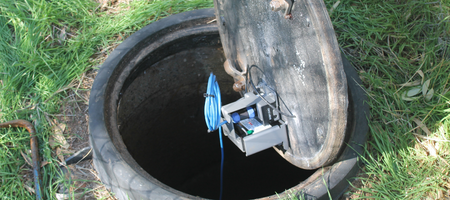President's Message April 2022
 One of the greatest measures of an organization’s relevance is the answer to the question, “What would happen if we didn’t exist?” I’ve asked this of myself and of our board several times this past year — yet we keep coming back to the same answer. With the changes of the past couple of years, our industry here in the Pacific Northwest still has a critical need for collaboration, information sharing, networking, and continuing growth and education. And the inspiration and community that develops from such endeavors are always so important.
One of the greatest measures of an organization’s relevance is the answer to the question, “What would happen if we didn’t exist?” I’ve asked this of myself and of our board several times this past year — yet we keep coming back to the same answer. With the changes of the past couple of years, our industry here in the Pacific Northwest still has a critical need for collaboration, information sharing, networking, and continuing growth and education. And the inspiration and community that develops from such endeavors are always so important.
To that end, we’re excited about the progress we’re making in implementing the strategic initiatives we identified last year. I’m pleased to report these:

 Geneva Schlepp
Geneva Schlepp Oregon Department of Environmental Quality (DEQ) accepted the City of Ashland Water Quality Trading Plan as meeting the current intent of the Water Quality Trading Rule and objectives as set forth in OAR 340-039-0025. This project is primarily funded by the Oregon Department of Environmental Quality Clean Water State Revolving Fund. On September 4, 2018,
Oregon Department of Environmental Quality (DEQ) accepted the City of Ashland Water Quality Trading Plan as meeting the current intent of the Water Quality Trading Rule and objectives as set forth in OAR 340-039-0025. This project is primarily funded by the Oregon Department of Environmental Quality Clean Water State Revolving Fund. On September 4, 2018, 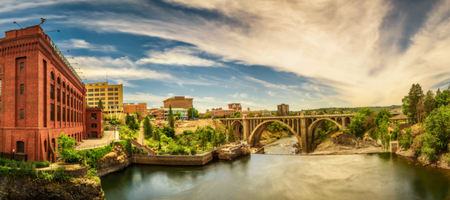

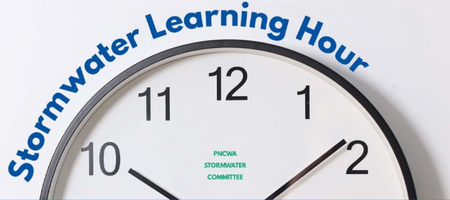

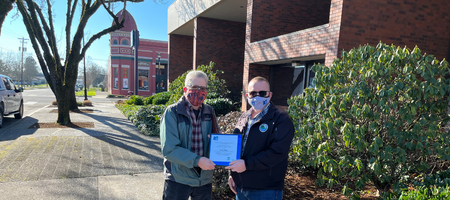
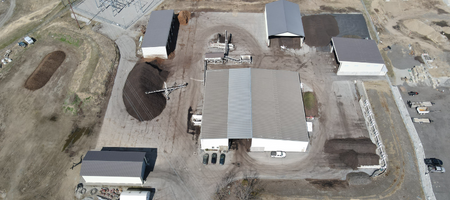


 Happy New Year! When the calendar changes from December 31 to January 1, the earth rotates 23 hours 56 minutes and 4 seconds, just like every other day. But, for many of us, the new year is a sign of new beginnings.
Happy New Year! When the calendar changes from December 31 to January 1, the earth rotates 23 hours 56 minutes and 4 seconds, just like every other day. But, for many of us, the new year is a sign of new beginnings.